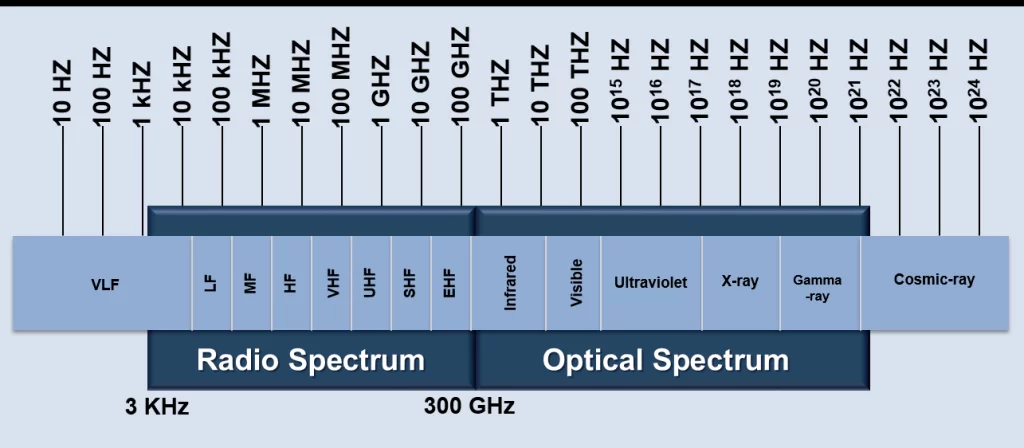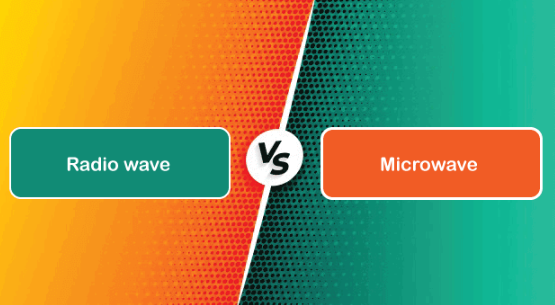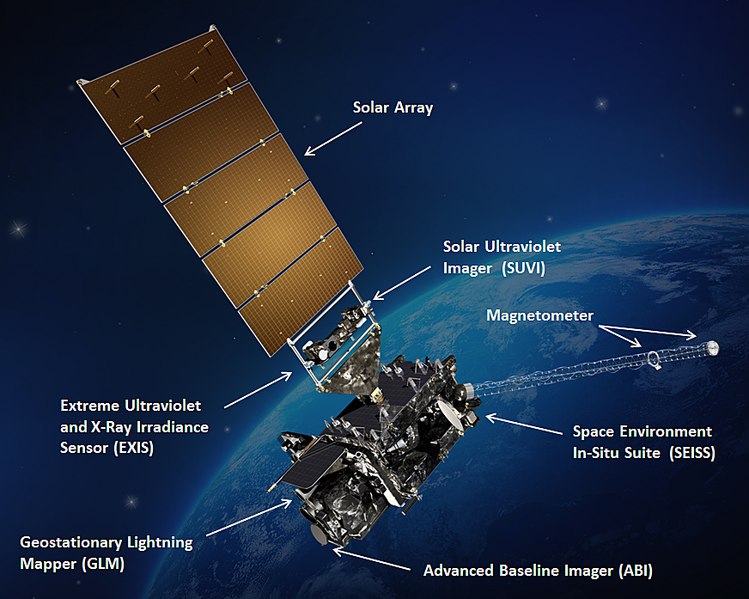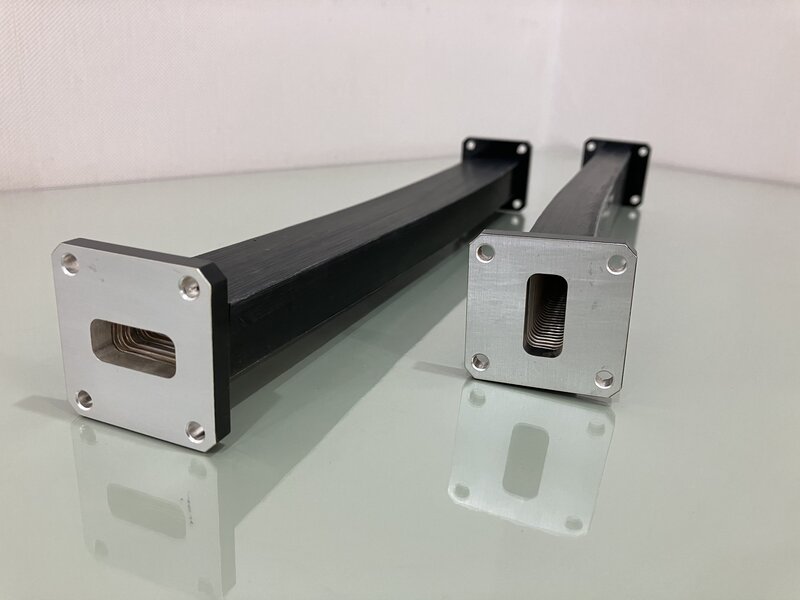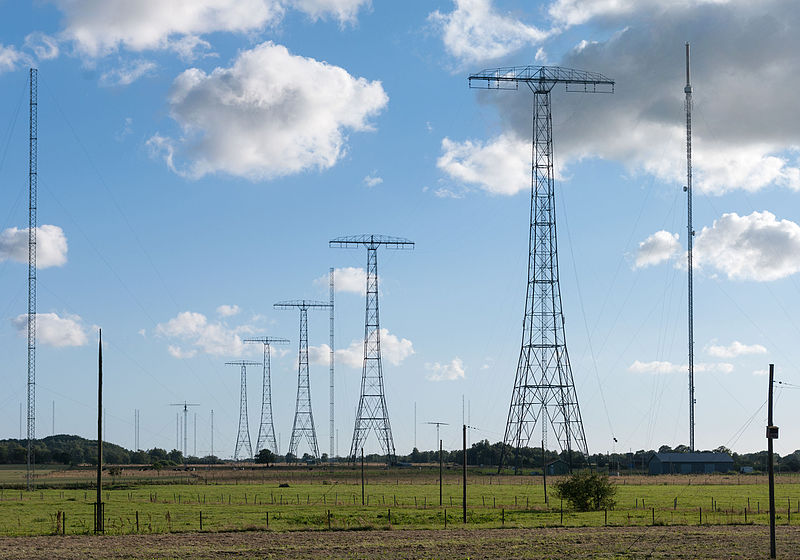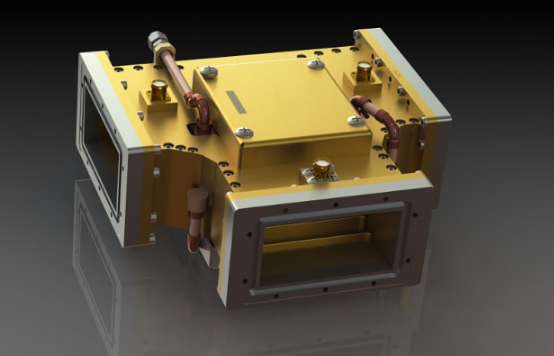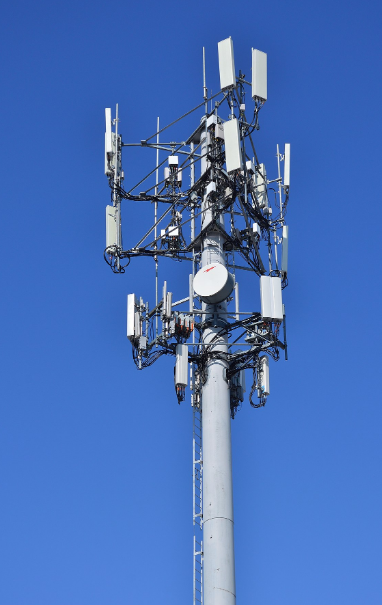The Ultimate Guide to RF Bands: Everything You Need to Know
Understanding RF Bands and Frequencies Radio Frequency (RF) bands refer to the range of electromagnetic frequencies used for transmitting data wirelessly. This spectrum is crucial in various communication technologies, including radio, television, cell phones, and wireless networks. The RF spectrum is measured in hertz (Hz), and it spans from very low frequencies in the kilohertz […]
The Ultimate Guide to RF Bands: Everything You Need to Know Read More »

